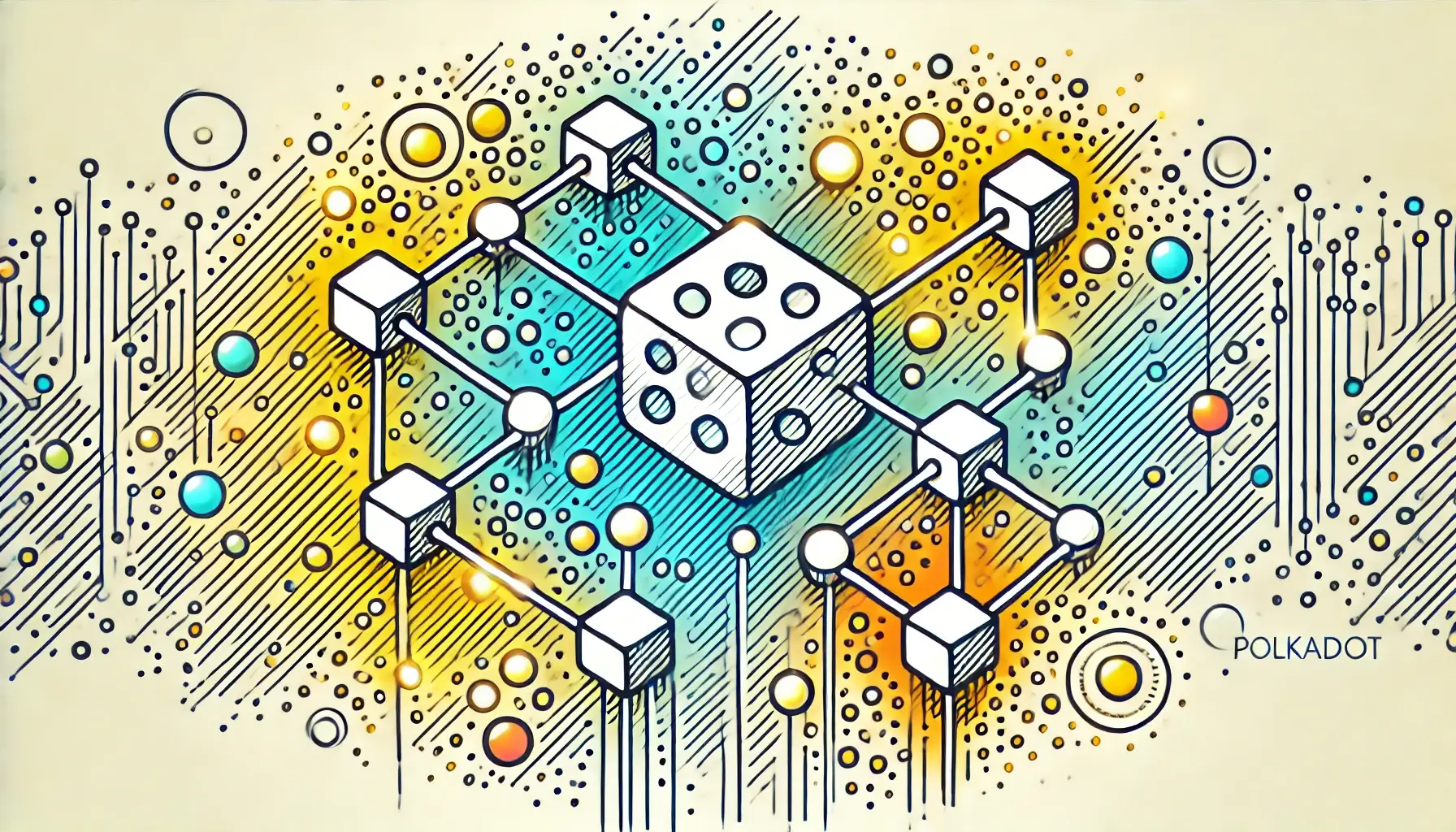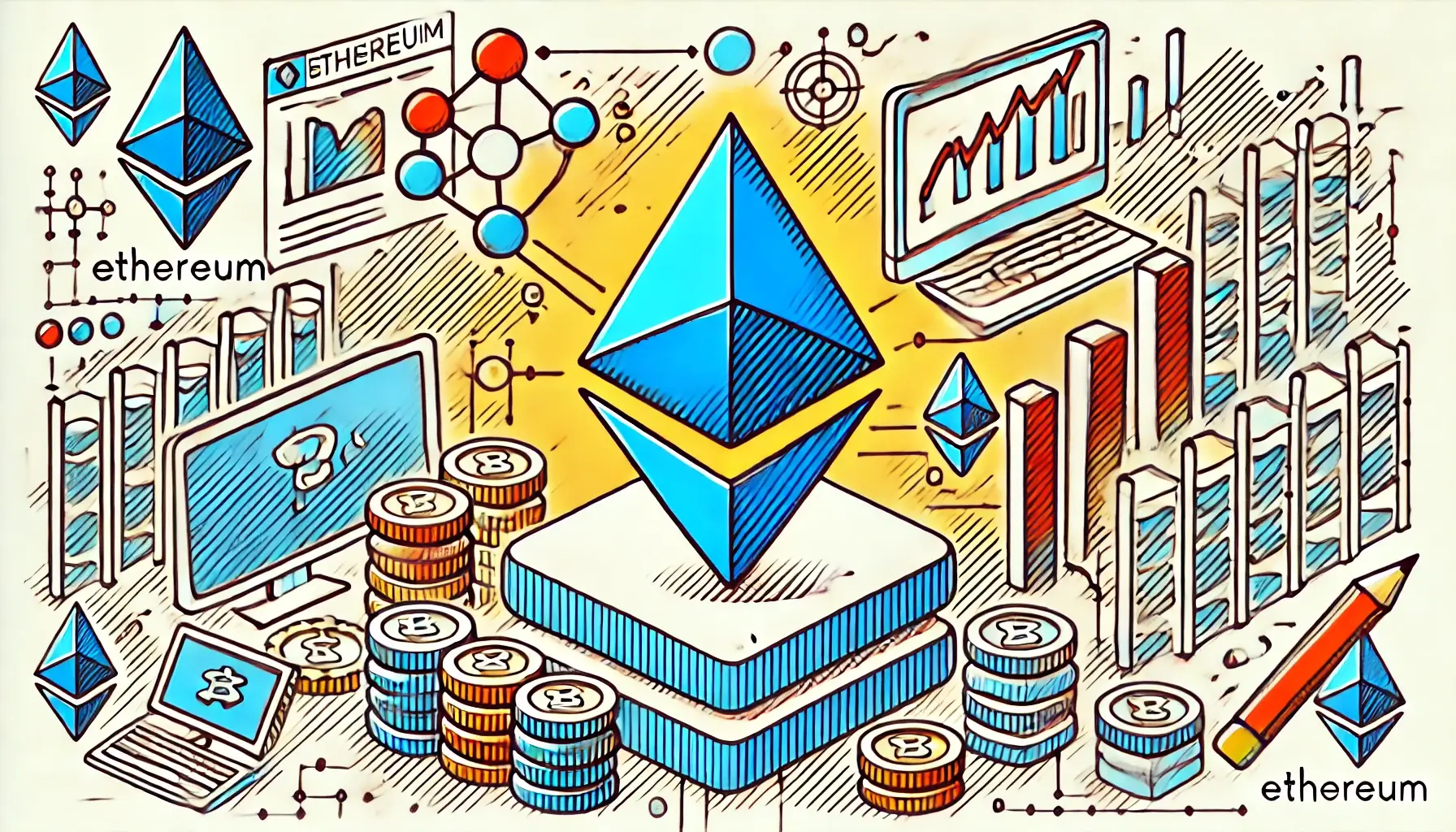Polkadot is emerging as a groundbreaking platform designed to enhance interoperability between different blockchains. This article explores Polkadot’s architecture, its benefits, and its potential to revolutionize the blockchain industry.
What is Polkadot?
Polkadot is a multi-chain framework that allows different blockchains to transfer messages and value in a trust-free fashion.
“Polkadot is the enabler of a truly decentralized internet, connecting disparate blockchains into a unified network,” says Bob Carter, a blockchain strategist.
Key Features of Polkadot
- Interoperability: Seamless communication between various blockchains.
- Shared Security: Enhanced security through a shared security model.
- Scalability: High throughput due to parallel processing of transactions.
Polkadot’s Architecture
Relay Chain
The Relay Chain is the heart of Polkadot, responsible for network security, consensus, and cross-chain interoperability.
Parachains
Parachains are independent blockchains that connect to the Relay Chain, benefiting from Polkadot’s shared security.
Bridges
Bridges allow Polkadot to connect with other blockchains, such as Ethereum and Bitcoin, enabling cross-chain interactions.
Use Cases of Polkadot
DeFi Applications
Polkadot facilitates DeFi applications by enabling interoperability between different DeFi platforms.
Cross-Chain NFTs
Polkadot supports the creation and exchange of NFTs across different blockchains.
Decentralized Identity
Polkadot enables the development of decentralized identity solutions, ensuring user privacy and security.
Challenges and Opportunities
Challenges
- Complexity: Polkadot’s architecture is complex, requiring significant expertise to implement.
- Adoption: Widespread adoption is necessary to realize its full potential.
Opportunities
- Innovation: Polkadot’s flexibility encourages innovation in cross-chain applications.
- Collaboration: Opportunities for collaboration with various blockchain projects.



